Research
Understanding the structure and function of the neural mechanisms that underlie visual perception and decision-making in primates. My research aims to elucidate and control the dynamic patterns of neural activity that give rise to perceptual decisions and experience. Major goals are to understand how artificial neuronal signals, reward and social learning influence neuronal signals and circuits. My research tools include in vivo electrophysiology, micro-stimulation, imaging techniques, psychophysics and histology.





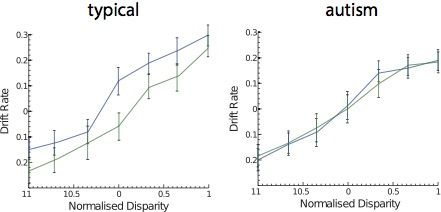
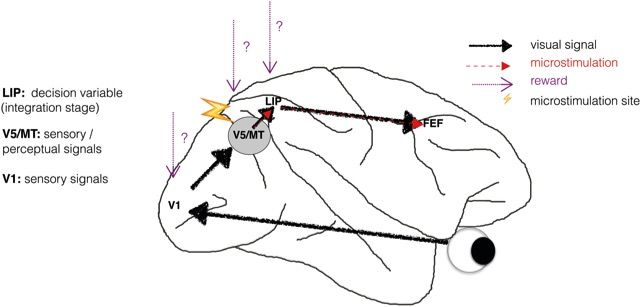

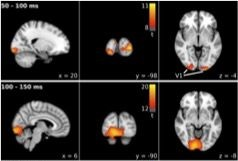
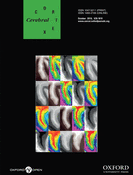

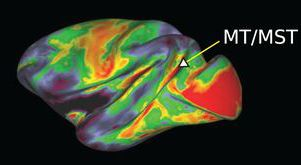
-height-144-width-222-p-62.webp)